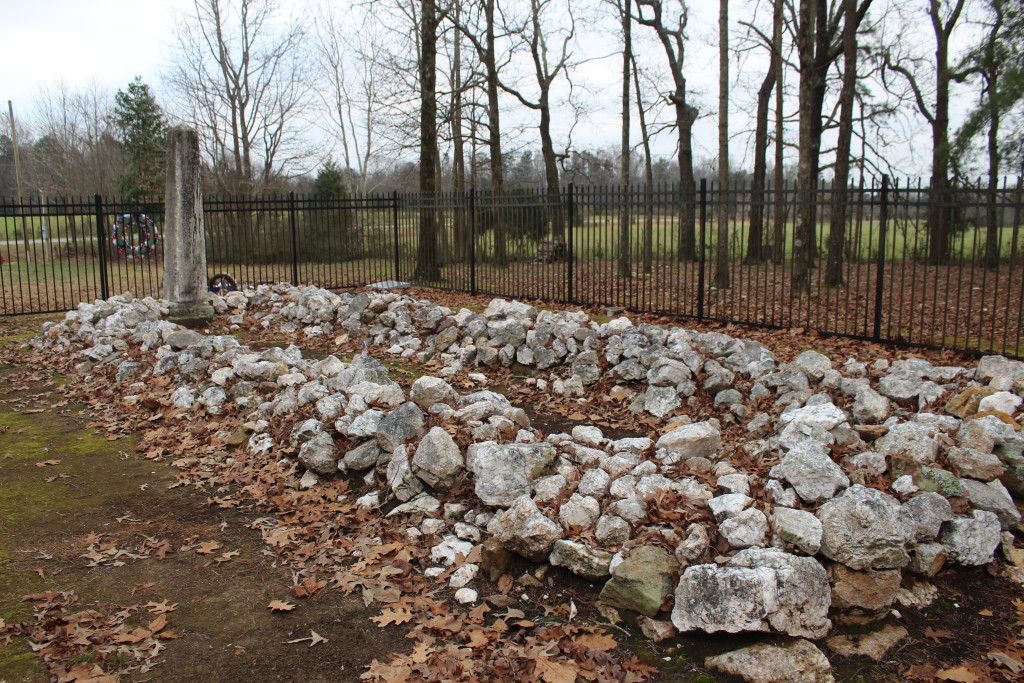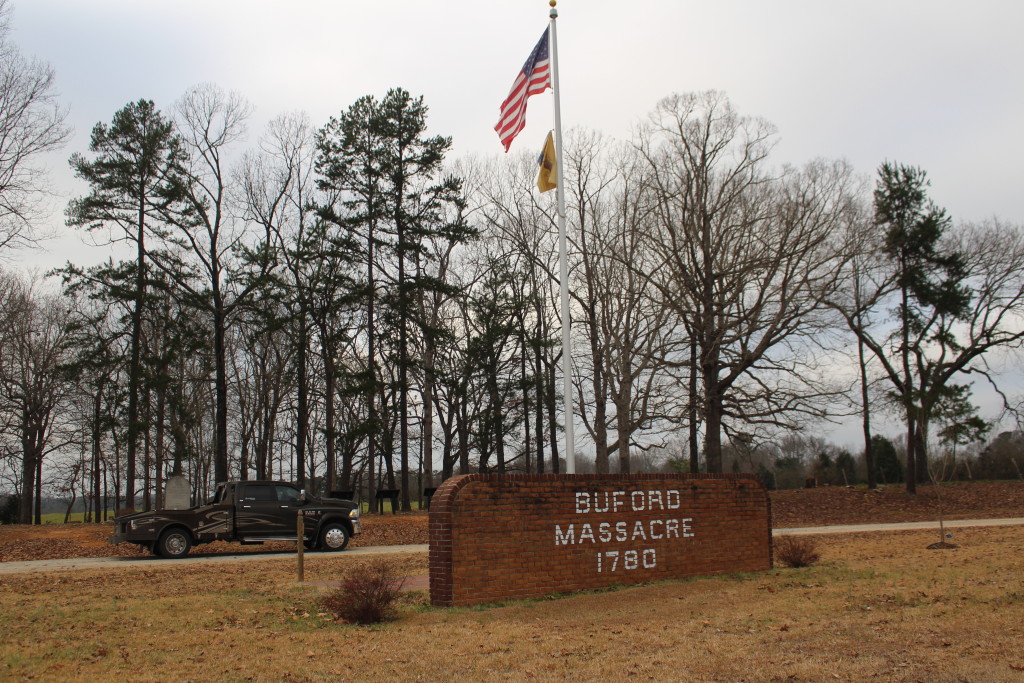Now that you are familiar with some of the main commanders on both sides of the battles in the Carolinas, I can write about some battles. I covered the British occupation of Charleston a few weeks ago, and this week we move on to the next important battle in the Carolinas: The Battle at Waxhaws.
The region of Waxhaws is an area of North and South Carolina just south of Charlotte that was forested and hilly, but not mountainous. It was named after the Waxhaws Indians who lived there until 1710 when they were wiped out by diseases carried by the settlers.
The Battle at Waxhaws took place shortly after the fall of Charleston. In fact, the commander of the Patriot army at Waxhaws, Colonel Abraham Buford, was on his way to Charleston when he heard that Charleston had fallen. Colonel Buford received orders to fall back to Hillsborough, North Carolina where the pieces of the army that had not been captured at Charleston were supposed to regroup. General Cornwallis, wanting to capture any Patriot troops in the Carolinas, wanted to pursue Buford but Buford had a ten day head start. So Cornwallis sent out Lieutenant Banastre Tarleton and his lightning-fast dragoons to pursue Buford.
Tarleton’s Legion was soon close behind Buford. To further slow Buford, Tarleton sent a messenger ahead asking Buford to surrender. This caused Buford to stop while he consulted with his officers and considered the offer. Although Buford refused to surrender, the offer slowed him down enough that Tarleton’s Legion caught up with him that afternoon, having covered 105 miles in 54 hours – an incredible pace for the time.
Tarleton attacked Buford on May 29,1780, 17 days after the fall of Charleston, at a field in the region of the Waxhaws. Buford formed for battle. He had 350 Virginia Continental soldiers and a small group of dragoons (cavalry) and he set them up in a single line. Tarleton and his mounted forces formed on a hill opposite them. When Tarleton gave the order, his men charged on their horses down the hill with sabers drawn.
Although the Continental soldiers were ready, their officers told them to hold their fire until the cavalry was only ten yards away. Granted, the muskets did some damage, but there was no time to reload before the dragoons were in their midst, slicing and slashing with their sabers. In a few minutes the battle was over and the Continentals surrendered.
But Tarleton did not call off his dragoons. The mounted horsemen continued to slash and kill until 263 of the Continental soldiers were on the ground, wounded or dying. Buford, their commander, fled the scene. Tarleton had five men killed and 12 wounded.
From the time of the Battle of Waxhaws, the practice of the British Legion became to kill all those who surrendered instead of taking prisoners. This, in turn, led to to the Patriot forces killing the Loyalists who were captured. The bloody war in the Carolinas took a vicious turn with each retaliatory strike more brutal than the one before. The Revolutionary War had reached the interior of the Carolinas and the battle set a new standard of butchery for both sides. Tarleton became known as “Bloody Tarleton” and his reputation in America never changed. Instead of helping to end the rebellion, the Patriots knew they needed to fight to the death because there would be no quarter given.
Tom and I visited the site of the Battle of Waxhaws. There is a mass grave, where all the Patriots who were killed are buried. But the name of the memorial isn’t the Battle of Waxhaws. Instead it is called Buford’s Massacre, remembering the men who were murdered after they surrendered and the inept commander who abandoned them.


